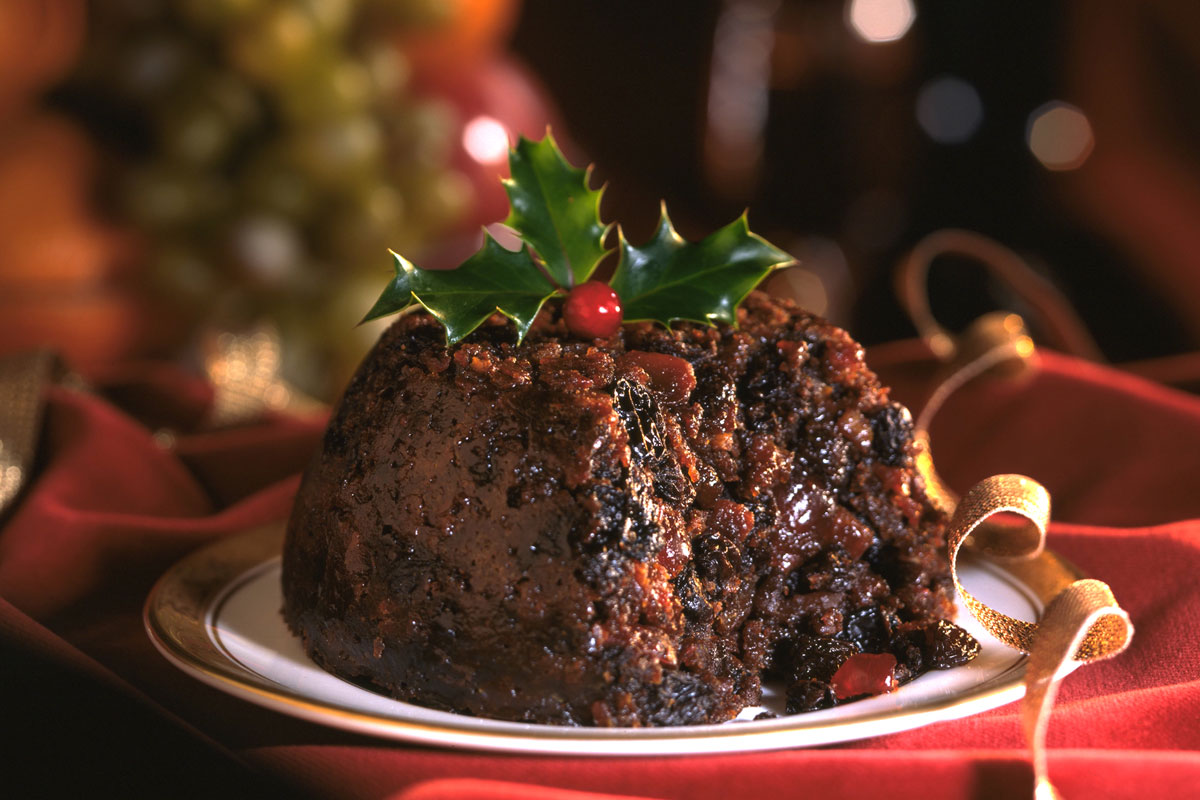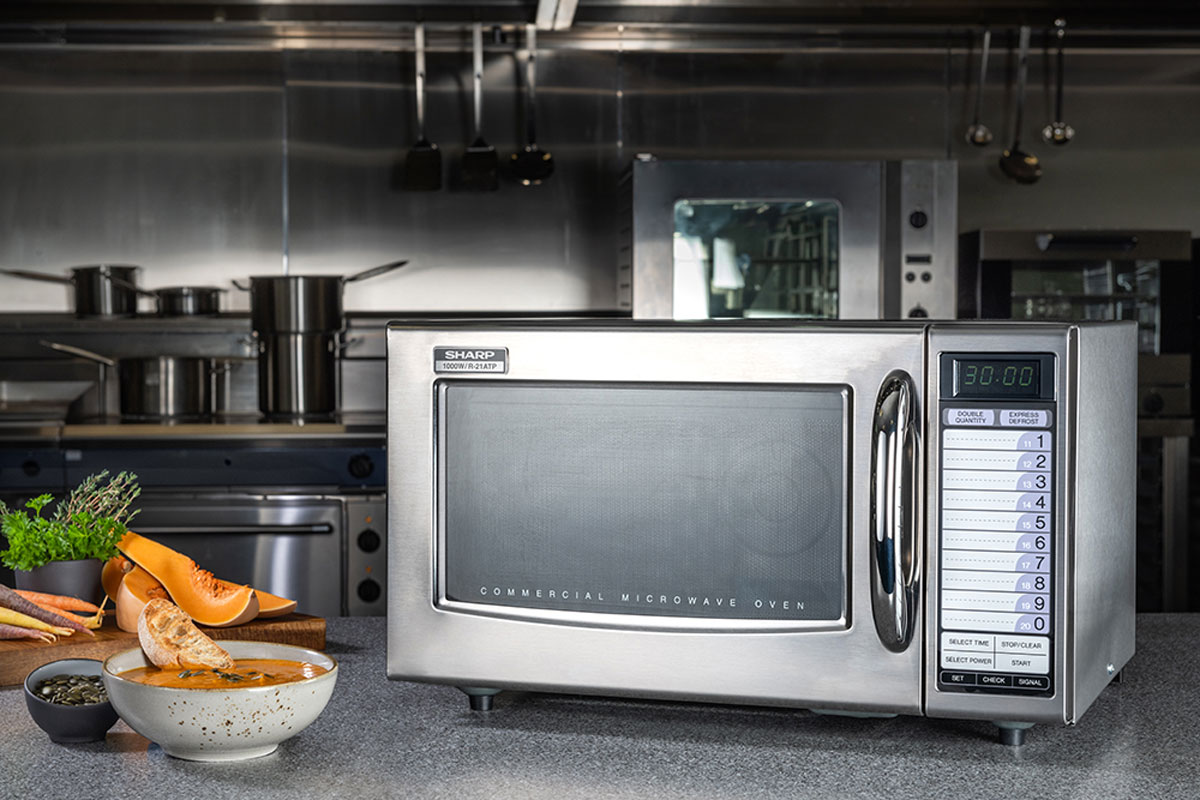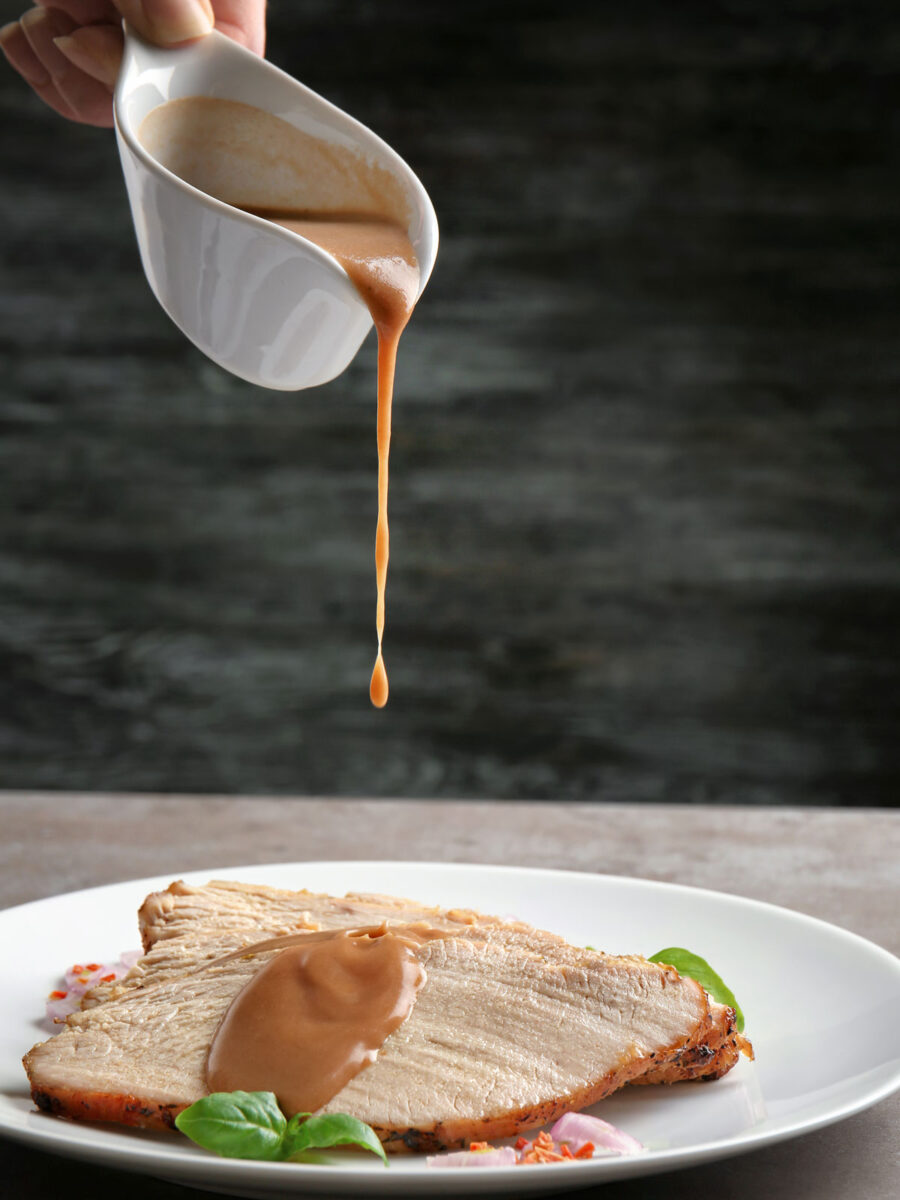 Many operators across Scotland will be hoping to see a boost in customer numbers over the festive season – but that welcome increase in trade will inevitably put extra pressure on commercial kitchens.
Many operators across Scotland will be hoping to see a boost in customer numbers over the festive season – but that welcome increase in trade will inevitably put extra pressure on commercial kitchens.
So with accelerated food preparation set to become a priority, now might be a good time to review your own kitchen’s provision of that most useful piece of equipment, the microwave oven.
Aside from the obvious advantage of their high cooking speed, microwaves are versatile and space saving – as the units can easily be stacked – and bring low running costs and an equally low carbon footprint.
With businesses looking to improve their sustainability, even at the busiest times, John Cunningham, chief executive of the Foodservice Equipment Association, highlighted the technology’s green credentials.
“Microwaves generate no greenhouse gases during operation.”
“As microwaves only require electricity they generate no greenhouse gases during operation,” explained Cunningham. “Unlike other forms of cooking they start working immediately, with no heat up times, meaning they only consume electricity while in use, making them one of the most efficient ways to heat products.
“Their speed means they only need to be on for a fraction of the time of conventional appliances,” he said. “Microwaves reduce cooking times by up to 50% compared to standard convection ovens, for example. This makes microwaves an extremely efficient – and economical – method of cooking or reheating food, albeit in small batches.
“Finding the right niche for microwave technology in your kitchen helps to improve the sustainability of your business whilst reducing operational costs.”
Duncan Vipas, head of sales at RH Hall, agreed that with the myriad of tasks they can undertake, microwaves provide a great deal of value relative to their low cost, and would thus ‘always lead the accelerated cooking market’.
“Today’s microwave ovens are sophisticated, yet easy to use and produce excellent cooking results in a fraction of the time it takes to cook foods conventionally and their versatility is underestimated,” said Vipas. “Many foods and dishes can be cooked very, very well in a microwave oven: cakes, sauces, meat, fish, vegetables, fruit, pasta, rice, eggs and jams can all be cooked with great results, particularly with the use of Inverter technology, where available, which uses constant power to provide more consistent results.”
“Festive vegetables, gravies and sauces all take well to microwave cooking.”
Vipas noted that the profile of the typical festive food menu was particularly well suited to cooking in a microwave.
“Vegetables, gravies and sauces will all take particularly well to microwave cooking during the festive season, as well as many desserts – including Christmas Pudding!” he said.

“Another consideration is that operators may have a completely different or additional menu during the festive period, so a machine that utilises multiple presets, supported by menu creation software and USB upload/download can prove invaluable.”
To ensure that commercial microwaves hold up under the strain of December’s heavy usage, it is wise to allocate some time to planning for the rush.
Vipas advised users to check their festive menu and decide which cooking tasks would be best handled in the microwave. Tests should be carried out in advance to ensure that the microwave being used has the correct wattage to produce the right results for the menu items in question.
“Ovens should be regularly cleaned to reduce any chance of downtime.”
“Maintenance is also key and the oven should be regularly cleaned to reduce any chances of down-time over the busy festive season,” he said. “Consider the age and past reliability of your machine – old or potentially faulty units may need to be considered for replacement.
“Operators should check whether their current machines are still within the manufacturer warranty period and should ensure they have all relevant details to hand, should an urgent call out be required. Many suppliers will be operating during amended hours during the festive period and may even have a hotline dedicated to any service issues,” he cautioned.
If an operator is unsure of the reliability of their machine, but is not yet ready to invest in a replacement, Vipas suggested that they consider buying a smaller back up machine that can help with essential menu items in an emergency.
“Many suppliers offer affordable, entry level models, that still meet all commercial standards and quality – for example the Maestrowave MW10T and MW18Ti microwaves.”
Cunningham noted that while most kitchens already have microwaves in them, many aren’t taking full advantage of them by properly integrating them into the workflow.

“Carefully studying the working practices in your business and looking for ways to improve them is a key part in the quest for improving sustainability.
“Using your microwave to the fullest will reap benefits.”
“Considering whether you’re using your microwave to the fullest will reap benefits that can have considerable effects cumulatively,” he said.
Batch cooking, said Cunningham, is one of the ‘secret weapons’ of commercial catering, as preparing large amounts of menu items in one go for final heating as required reduces energy consumption significantly.
“Microwaves are ideal for reheating many kinds of food, quickly bringing them up to the required temperature without affecting quality, making them perfect for integration into the workflow of kitchens using cooking systems like batch preparation or cook/chill.”



















